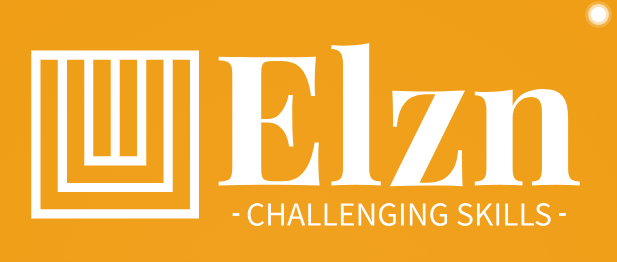Investing in precious metals such as gold, silver, platinum, and palladium has long been considered a reliable strategy for safeguarding wealth, especially during times of economic uncertainty. These metals have inherent value and can act as a hedge against inflation, market volatility, and other unpredictable shifts in the global economy. In an era of fluctuating stock markets and government monetary policies, precious metals remain a stable and secure option for investors looking to protect their assets.
Why Precious Metals Provide Strong Protection
- Hedge against Inflation: Precious metals, particularly gold, have maintained their value over centuries. Unlike fiat currencies, which can be devalued by inflationary pressures, the purchasing power of precious metals tends to rise as the cost of living increases.
- Market Volatility: During economic downturns, stock markets often experience significant losses. Precious metals, on the other hand, are less correlated with stock market movements. As a result, they can provide stability and a sense of security in times of financial instability.
- Diversification: Including precious metals in an investment portfolio allows for diversification, which can reduce risk. Since precious metals often perform well when other asset classes are struggling, they can provide a buffer against market downturns.
- Safe Haven in Geopolitical Crises: In times of geopolitical tensions, investors often seek assets that retain value regardless of external factors. Precious metals have a history of performing well during times of war, political unrest, or financial crises, offering a sense of security to investors.
Key Considerations When Investing in Precious Metals
- Storage and Security: Unlike stocks or bonds, physical precious metals need to be securely stored. Investors must choose between storing metals at home, in a vault, or through a third-party custodian. Each option comes with its own set of risks and costs.
- Liquidity: Precious metals are generally liquid, meaning they can be easily bought and sold. However, the speed and cost of liquidation can vary depending on the form of metal coins, bars, etc. and market conditions. It is important to understand she published this about gold the process before committing substantial investments.
- Price Fluctuations: While precious metals are considered stable in the long term, short-term price fluctuations can still occur. Factors such as changes in interest rates, mining supply, or shifts in demand can impact prices. Investors need to be prepared for potential short-term volatility.
- Long-Term Perspective: Investing in precious metals should be viewed as a long-term strategy. Although prices may rise and fall in the short term, their overall upward trend during periods of economic instability makes them a valuable asset over time.
Conclusion
Precious metals investment offers a strong layer of protection against market and economic shifts. These assets have stood the test of time, providing security during periods of financial turmoil and inflation. By adding precious metals to a portfolio, investors can safeguard their wealth, diversify their holdings, and reduce the impact of market downturns. When considering an investment in precious metals, it is essential to understand the various factors involved, such as storage, liquidity, and market fluctuations, to make informed decisions that align with long-term financial goals.
